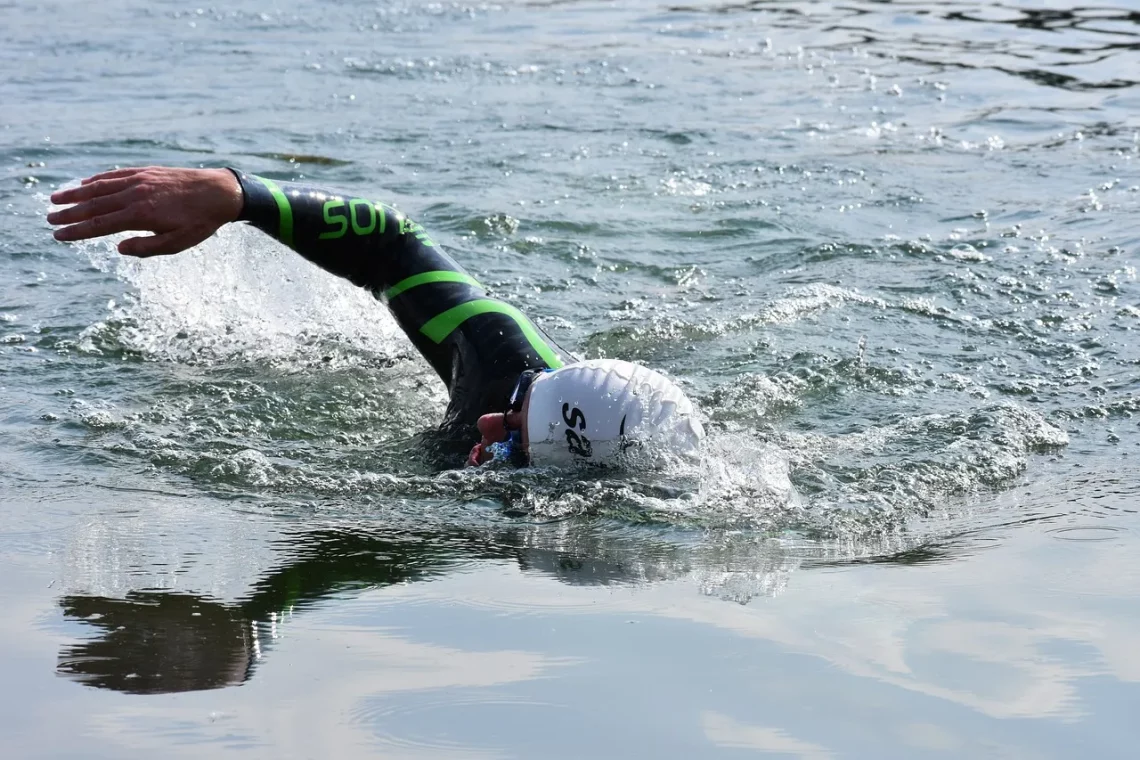
Essential Tips for Training for a Triathlon Successfully
Training for a triathlon can be an exhilarating yet daunting endeavor. As an athlete, you are required to master three distinct disciplines: swimming, cycling, and running. Each segment poses its own unique challenges, not only physically but also mentally. The journey to crossing the finish line is not just about endurance; it requires a well-thought-out strategy, dedication, and a passion for pushing your limits.
Whether you are a seasoned athlete or a novice looking to take on your first triathlon, understanding the nuances of effective training can significantly impact your performance. Many factors play into a successful training regimen, including proper nutrition, time management, and recovery strategies. It is essential to balance these components while progressively building your skills and stamina.
Moreover, having a supportive community and access to resources can greatly enhance your training experience. Engaging with fellow triathletes, coaches, or online forums can provide valuable insights and encouragement. No matter your starting point, setting realistic goals and maintaining a positive mindset can help you navigate the ups and downs of your training journey. With the right approach, you can prepare yourself not just to compete, but to thrive in this challenging and rewarding sport.
Creating a Structured Training Plan
A well-structured training plan serves as the foundation for any successful triathlon preparation. It is crucial to develop a schedule that accommodates all three disciplines while allowing for adequate rest and recovery. Consider your current fitness level, the distance of the triathlon, and the time you have available for training.
Start by establishing a weekly training routine that incorporates swimming, cycling, and running. For beginners, it may be beneficial to allocate two days per week to each discipline, while more experienced athletes may choose to focus on specific areas that need improvement. For instance, if you struggle with swimming, you might dedicate an extra day to technique drills or endurance swims.
In addition to the core disciplines, include strength training and flexibility exercises in your plan. These components are essential for injury prevention and overall performance enhancement. Aim for at least one strength training session each week, focusing on major muscle groups used in triathlon events. Incorporating yoga or stretching can also improve flexibility, which is vital for efficient movement during races.
As you create your training plan, remember to progressively increase your training volume. This principle, known as progressive overload, involves gradually increasing the duration and intensity of your workouts. Start with shorter sessions and build up to longer ones over several weeks. However, be cautious not to increase your training load too quickly, as this can lead to burnout or injuries.
Lastly, consider incorporating rest days into your training schedule. Rest is just as important as training, as it allows your body to recover and adapt to the stresses of your workouts. Listen to your body, and don’t hesitate to take an extra rest day if you feel fatigued or sore. A well-balanced training plan that prioritizes recovery will ultimately lead to improved performance on race day.
Nutrition for Optimal Performance
Nutrition plays a pivotal role in your triathlon training success. As you engage in rigorous training, your nutritional needs will increase significantly. Fueling your body with the right nutrients is essential to support your energy levels, enhance recovery, and improve overall performance.
First and foremost, focus on a balanced diet rich in carbohydrates, proteins, and healthy fats. Carbohydrates are your primary energy source during endurance activities, so ensure you consume adequate amounts, especially before and after workouts. Foods like whole grains, fruits, and vegetables should be staples in your diet.
Protein is vital for muscle repair and recovery. Incorporate lean protein sources such as chicken, fish, legumes, and dairy into your meals. Aim to consume protein-rich foods shortly after your workouts to aid in muscle recovery and growth.
Healthy fats also play a crucial role in your diet. They provide long-lasting energy and support overall health. Avocados, nuts, seeds, and olive oil are excellent sources of healthy fats that can enhance your meals without compromising your training goals.
Hydration is another critical aspect of nutrition that often goes overlooked. Dehydration can severely affect your performance and recovery, so it’s essential to stay well-hydrated before, during, and after your workouts. Monitor your fluid intake and consider electrolyte drinks for longer training sessions or races.
Lastly, practice your nutrition strategy during your training sessions. Experiment with different foods and hydration methods to see what works best for you. This will help you avoid gastrointestinal issues on race day and ensure you have a plan in place to fuel your body effectively.
Mastering Techniques for Each Discipline
Each segment of a triathlon requires distinct skills and techniques, making it essential to dedicate time to mastering each discipline. Focusing on technique not only improves performance but also enhances efficiency, allowing you to conserve energy throughout the race.
In swimming, technique is paramount. Work on your stroke mechanics, breathing patterns, and body positioning. Consider taking lessons from a qualified coach or joining a swim club to receive feedback and improve your skills. Additionally, incorporating drills into your training can help refine your technique. Drills such as catch-up, fingertip drag, and vertical kicking can enhance your overall swimming efficiency.
For cycling, understanding gear selection and bike handling is crucial. If you are new to cycling, consider participating in group rides or hiring a coach to learn proper cycling techniques. Focus on maintaining a smooth pedal stroke and optimizing your cadence. Don’t forget to practice transitions between cycling and running, as this can help you adjust more quickly on race day.
Running, the final leg of the triathlon, requires its own set of techniques. Pay attention to your running form, including posture, foot strike, and breathing. Incorporate interval training and tempo runs into your regimen to build speed and endurance. Long runs are also essential for building stamina, so gradually increase your distance each week.
Incorporating brick workouts—combining two disciplines in one training session—can be beneficial. For instance, after completing a cycling session, transition directly into a run to simulate race conditions. This practice helps your body adapt to the unique demands of triathlon racing.
Finally, don’t underestimate the mental aspect of training. Visualization techniques and positive self-talk can enhance your performance across all disciplines. Imagine yourself executing perfect strokes in the water, smooth transitions, and strong runs. Mental preparation is just as important as physical training.
Recovery Strategies for Enhanced Performance
Recovery is often the most overlooked aspect of training, yet it is crucial for long-term success in triathlon preparation. Proper recovery strategies can help prevent injuries, reduce fatigue, and enhance performance.
First, prioritize sleep. Quality sleep is essential for muscle recovery and overall health. Aim for 7 to 9 hours of sleep per night, and establish a regular sleep schedule to promote better rest. If you find it difficult to wind down after training, consider incorporating relaxation techniques such as meditation or deep breathing exercises into your routine.
Active recovery is another effective strategy. On days when you’re not training intensely, consider engaging in low-impact activities such as yoga, walking, or swimming. These activities can help increase blood flow to your muscles and promote recovery without adding stress.
Nutrition also plays a vital role in recovery. As mentioned earlier, consuming protein and carbohydrates post-workout can aid in muscle repair. Additionally, consider incorporating anti-inflammatory foods such as berries, fatty fish, and leafy greens into your diet to support recovery.
Stretching and foam rolling can alleviate muscle tightness and improve flexibility. Make it a habit to stretch after your workouts, focusing on the major muscle groups used in triathlon training. Foam rolling can also help release muscle tension and improve circulation.
Finally, listen to your body. If you experience persistent pain or fatigue, it may be a sign that you need to take a step back and allow for more recovery time. Ignoring these signals can lead to overtraining and increase the risk of injury.
By implementing effective recovery strategies, you can ensure that your body is primed for each training session and ultimately for race day.
In conclusion, training for a triathlon is a multifaceted process that requires careful planning, dedication, and a holistic approach. By creating a structured training plan, focusing on nutrition, mastering techniques for each discipline, and prioritizing recovery, you can set yourself up for success. Remember, each athlete’s journey is unique, so find what works best for you and enjoy the process of becoming a triathlete.
*This article is not intended as medical advice. If you have health concerns or conditions, please consult a healthcare professional.*




